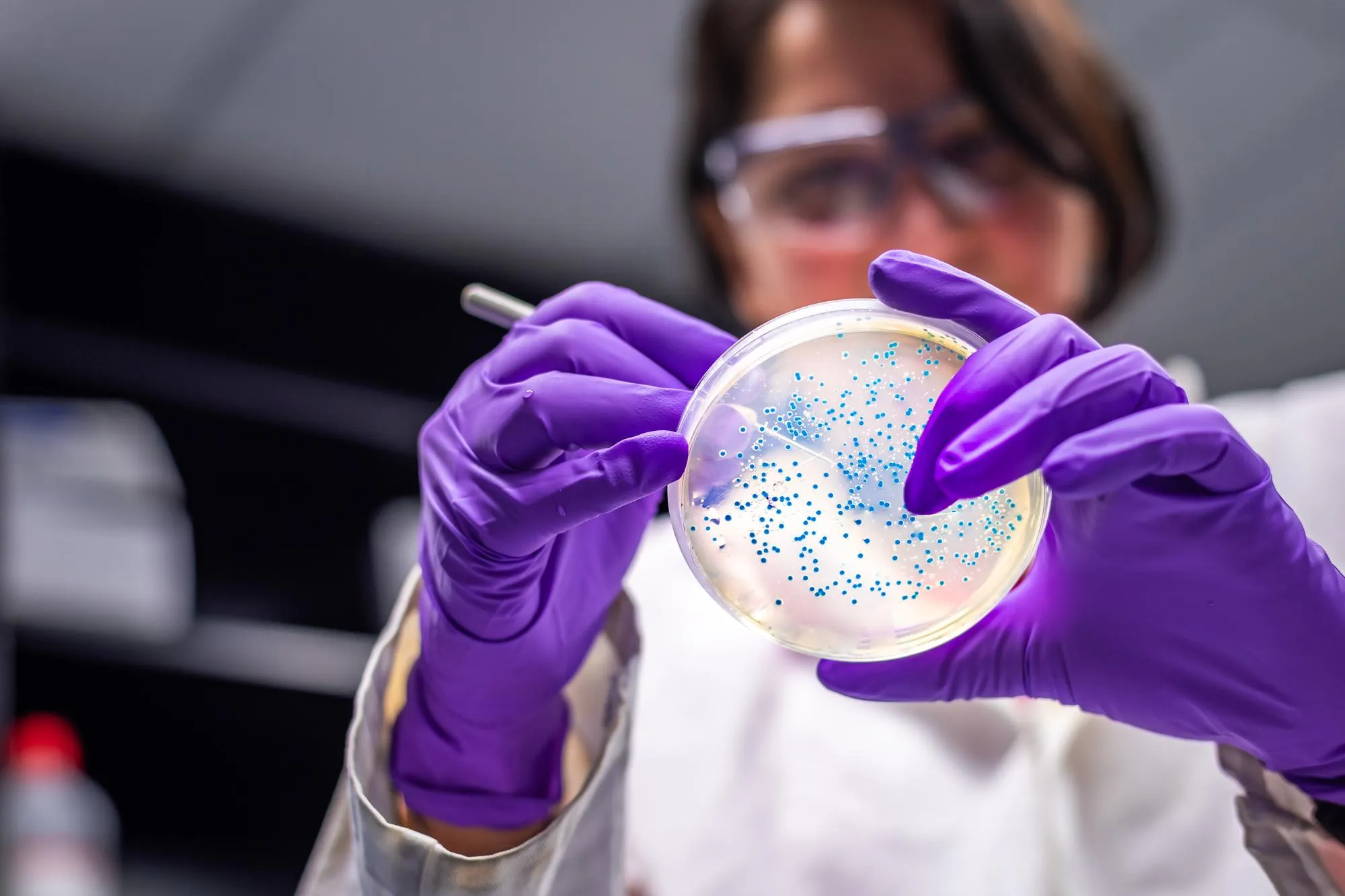A groundbreaking study described in ‘Analytica chimica acta’ has introduced an ingenious method utilizing magnetic dendritic mesoporous silica nanoparticles to rapidly and effectively analyze saccharides. This finding, published online on February 1, 2024 (Volume 1288), could significantly expedite and refine the assessment of carbohydrates, which are vital to life and the focus of intensive scientific inquiry.
DOI: 10.1016/j.aca.2023.342166
Saccharides, or carbohydrates, are a fundamental group of biomolecules found in all living organisms. They play essential roles in energy storage, cellular communication, and the structural integrity of cells. Recognizing and quantifying saccharides in various samples are critical to several disciplines, including biochemistry, nutrition, medicine, and pharmacology.
However, their analysis has been traditionally challenging due to their low signal response and the lack of specific recognition technologies. Moreover, the complex nature of the sample matrices where saccharides are present has posed additional difficulties to researchers.
In this latest research, a team of scientists led by Zhao Xiuling and Dong Jiacheng, with significant contributions from Zhang Yaqian, Wu Tianrun, Bie Zijun, and Chen Yang from the Bengbu Medical University’s School of Pharmacy and Department of Chemistry, set out to address these challenges. The researchers developed a simple yet efficient integrated platform for the analysis of saccharides using a novel substrate: sulfonyl functionalized magnetic dendritic mesoporous silica nanoparticles (MDMSNPs).
The core innovation lies in the employment of multi-functional boronic acid, which acts as a separation agent and derivatization ligand simultaneously. The platform’s dual-purpose approach begins with the immobilization of boronic acid onto the substrate’s surface, allowing for the selective enrichment of saccharides through boronate affinity separation. Following this, the captured saccharides, now labeled with boronic acid, can be released and analyzed using high-performance liquid chromatography coupled with ultraviolet detection (HPLC-UV).
This cutting-edge method has proven its robustness by demonstrating remarkable precision (<15%), accuracy (80-100%), and reproducibility (<10%). Furthermore, it has shown a twentyfold increase in sensitivity when compared to traditional methods and reduced processing times to mere minutes.
The research illustrates the protocol’s effectiveness by successfully quantifying various saccharides, including alditols and glucose, in real-world samples. This achievement denotes a significant advancement since it not only simplifies and accelerates the process but also eliminates the need for specialized equipment.
The technique’s absence of complex steps and specialized instruments has the potential to democratize saccharide analysis, making it more accessible to laboratories of varying resources and expertise levels. This development is expected to have a substantial impact across multiple fields, including food analysis, pharmaceutical quality control, and biomarker research in clinical settings.
The technology also circumvents issues of traditional carbohydrate analysis methods such as derivatization or enzymatic reactions, which can be time-consuming and require precise sample preparation. Instead, the MDMSNPs based approach represents a more streamlined and user-friendly alternative that maintains high analytical standards.
The researchers’ innovation emphasizes the importance of multifunctional nanomaterials in analytical chemistry. It not only represents a strategic leap in carbohydrate analysis but also opens up new avenues for the application of similar technologies in the detection and quantification of other biomolecules.
As scientists and technologists continue to explore the potential of nanomaterials, this breakthrough stands as a testament to the transformative impact that such materials can have on scientific research. The implications of this technology in medical diagnostics, food safety, and pharmaceutical development could reshape industry practices and improve the precision of analyses while saving valuable time and resources.
The successful translation of this technology from the laboratory to real-world applications could also stimulate commercial interest in the development of more user-friendly and cost-effective analytical equipment. It serves as a call to action for manufacturers to consider such cutting-edge approaches when designing the next generation of analytical instruments.
This research has been universally commended for its innovation and utility, and the authors detail their work in ‘Analytica chimica acta,’ an authoritative publication in the field of chemical analysis.
References
1. Zhao, Xiuling, et al. “Magnetic dendritic mesoporous silica nanoparticles based integrated platform for rapid and efficient analysis of saccharides.” Analytica Chimica Acta, vol. 1288, no. 342166, 2024, doi:10.1016/j.aca.2023.342166.
2. Santos, Hélder A., et al. “Mesoporous silica nanoparticles for drug delivery and biosensing applications.” Advanced Functional Materials, vol. 17, no. 8, 2007, pp. 1273-1286, doi:10.1002/adfm.200601191.
3. Leonhardt, S. E, et al. “Boronate affinity materials for separation and molecular recognition: structure, properties and applications.” Bioanalysis, vol. 7, no. 20, 2015, pp. 2813-2834, doi:10.4155/bio.15.150.
4. Turne, Marc. “New developments in saccharide labeling and detection.” Analytical Biochemistry, vol. 473, 2015, pp. 7-17, doi:10.1016/j.ab.2014.12.021.
5. Chen, Yang, et al. “Boronate affinity nanoparticles for separation and molecular recognition: Progress and perspectives.” Analytica Chimica Acta, vol. 984, 2017, pp. 54-68, doi:10.1016/j.aca.2017.06.047.
Declaration of competing interest
The authors declare that they have no known competing financial interests or personal relationships that could have appeared to influence the work reported in this paper.
Keywords
1. Rapid saccharide analysis
2. Mesoporous silica nanoparticles
3. Magnetic nanoparticles in bioanalysis
4. Boronate affinity separation
5. High-sensitivity carbohydrate detection
This article serves as an epitome of interdisciplinary convergence, showing how chemistry and nanotechnology come together to answer biological questions, reaffirming the limitless possibilities of scientific innovation.
